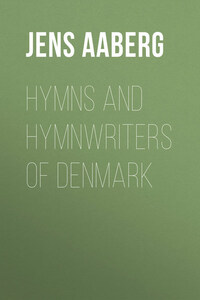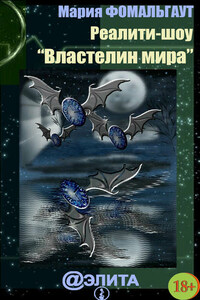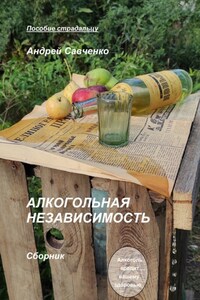This book deals with a subject which is new to most English readers. For though Danish hymnody long ago became favorably known in Northern Europe, no adequate presentation of the subject has appeared in English. Newer American Lutheran hymnals contain a number of Danish hymns, some of which have gained considerable popularity, but the subject as a whole has not been presented.
A hymn is a child both of its author and of the time in which he lived. A proper knowledge of the writer and the age that gave it birth will enhance our understanding both of the hymn and of the spiritual movement it represents. No other branches of literature furnish a more illuminating index to the inner life of Christendom than the great lyrics of the Church. Henry Ward Beecher said truly: “He who knows the way that hymns flowed, knows where the blood of true piety ran, and can trace its veins and arteries to its very heart.”
Aside from whatever value they may have in themselves, the hymns presented on the following pages therefore should convey an impression of the main currents within the Danish church, and the men that helped to create them.
The names of Kingo, Brorson and Grundtvig are known to many, but so far no biographies of these men except of the sketchiest kind have appeared in English. It is hoped that the fairly comprehensive presentation of their life and work in the following pages may fill a timely need.
In selecting the hymns care has been taken to choose those that are most characteristic of their authors, their times and the movements out of which they were born. While the translator has sought to produce faithfully the metre, poetry and sentiment of the originals, he has attempted no slavishly literal reproduction. Many of the finest Danish hymns are frankly lyrical, a fact which greatly increases the difficulty of translation. But while the writer is conscious that his translations at times fail to reproduce the full beauty of the originals, he still hopes that they may convey a fair impression of these and constitute a not unworthy contribution to American hymnody.
An examination of any standard American church hymnal will prove that American church song has been greatly enriched by transplantations of hymns from many lands and languages. If the following contribution from a heretofore meagerly represented branch of hymnody adds even a little to that enrichment, the writer will feel amply rewarded for the many hours of concentrated labor he has spent upon it.
Most of the translations are by the writer himself. When translations by others have been used, credit has been given to them except where only parts of a hymn have been presented.
Minneapolis, Minnesota, September 21st, 1944.
Chapter One
Early Danish Hymnody
Danish hymnody, like that of other Protestant countries, is largely a child of the Reformation. The Northern peoples were from ancient times lovers of song. Much of their early history is preserved in poetry, and no one was more honored among them than the skjald who most skillfully presented their thoughts and deeds in song. Nor was this love of poetry lost with the transition from paganism to Christianity. The splendid folk songs of the Middle Ages prove conclusively that both the love of poetry and the skill in writing it survived into the new age. One can only wonder what fine songs the stirring advent of Christianity might have produced among a people so naturally gifted in poetry if the church had encouraged rather than discouraged this native gift.
But the Church of Rome evinced little interest in the ancient ways of the people among whom she took root. Her priests received their training in a foreign tongue; her services were conducted in Latin; and the native language and literature were neglected. Except for a few lawbooks, the seven hundred years of Catholic supremacy in Denmark did not produce a single book in the Danish language. The ordinances of the church, furthermore, expressly forbade congregational singing at the church services, holding that, since it was unlawful for the laity to preach, it was also impermissible for them to sing in the sanctuary. It is thus likely that a Danish hymn had never been sung, except on a few special occasions in a Danish church before the triumph of the Reformation.
It is not likely, however, that this prohibition of hymn singing could be effectively extended to the homes or occasional private gatherings. Hans Thomisson, who compiled the most important of the early Danish hymnals, thus includes five “old hymns” in his collection with the explanation that he had done so to show “that even during the recent times of error there were pious Christians who, by the grace of God, preserved the true Gospel. And though these songs were not sung in the churches – which were filled with songs in Latin that the people did not understand – they were sung in the homes and before the doors”.
Most of these earlier hymns no doubt were songs to the Virgin Mary or legendary hymns, two types of songs which were then very common and popular throughout the church. Of the few real hymns in use, some were composed with alternating lines of Danish and Latin, indicating that they may have been sung responsively. Among these hymns we find the oldest known Danish Christmas hymn, which, in the beautiful recast of Grundtvig, is still one of the most favored Christmas songs in Danish.








